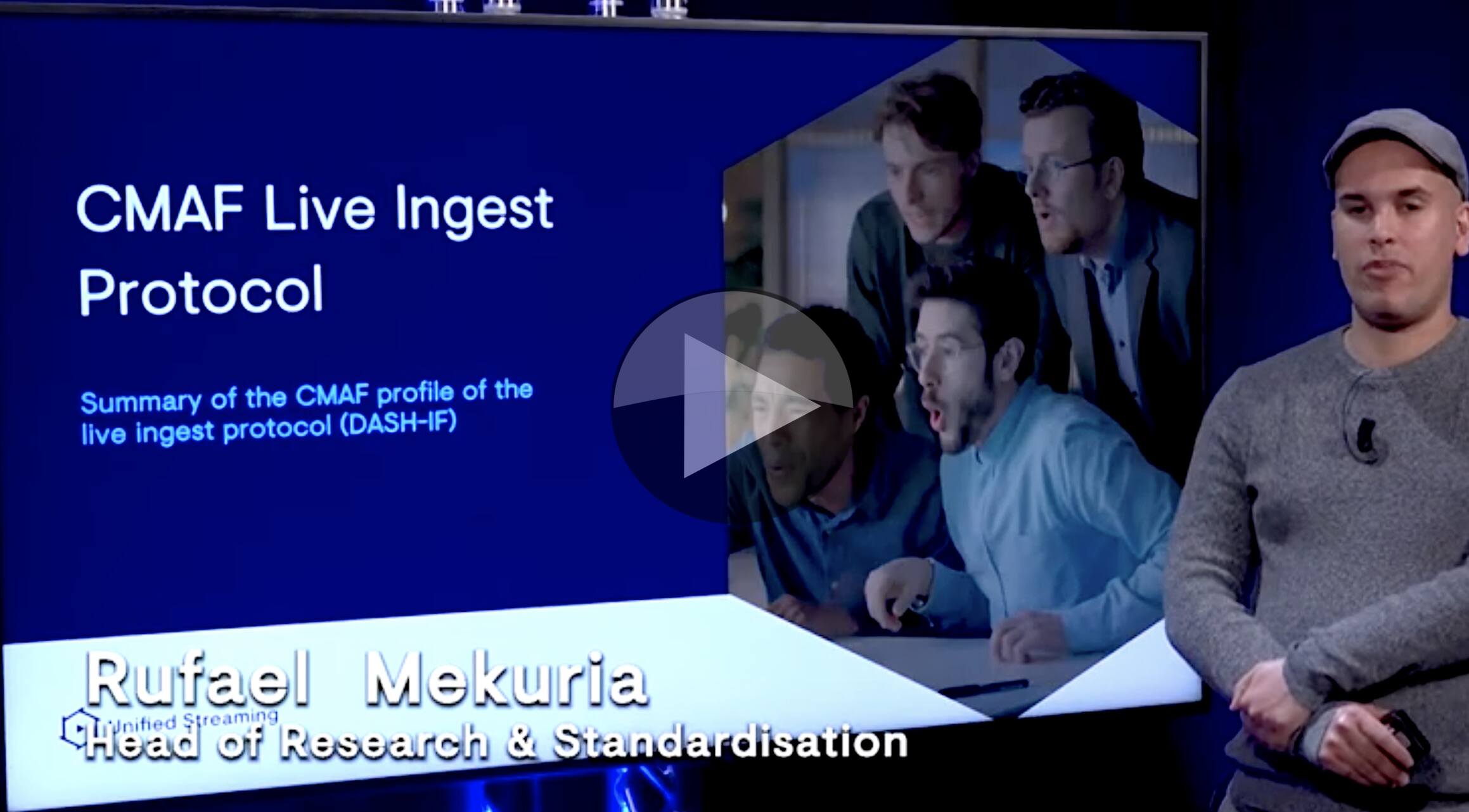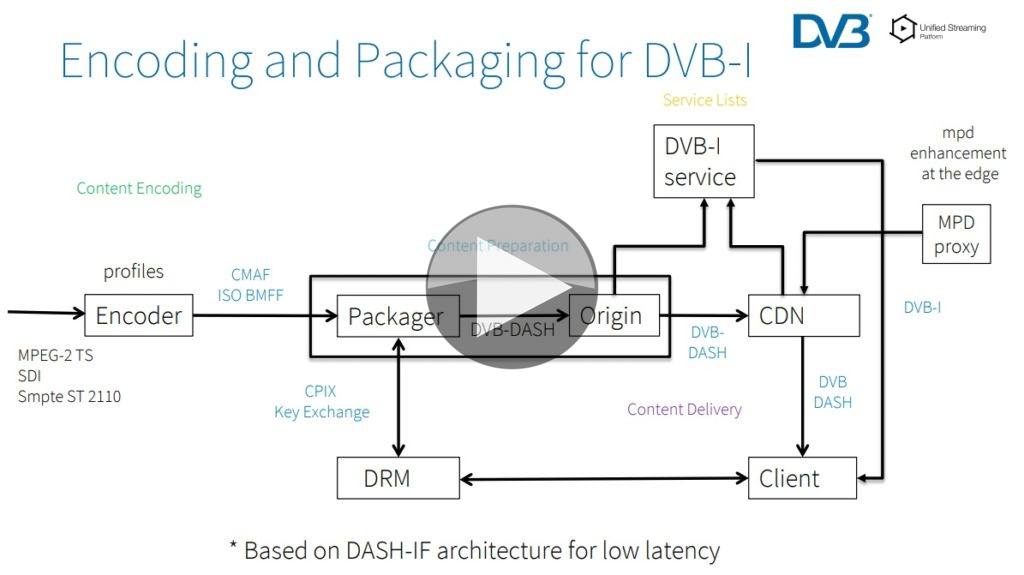
Last month, we featured DVB’s Targeted Advertising solution called DVB-TA. In that article, we saw the motivations to move to targeted advertising and how it was in use in Spain’s Artresmedia. Today’s video follows on from that introduction to DVB-TA with a range of speakers talking about implementation methods, interoperability and benefits to standardisation.
DVB’s Emily Dubs introduces the presenters starting with Nicolas Guyot from ENENSYS who speaks on the subject of the media value chain and TV’s reach. In Europe, the weekly reach of broadcast TV is still high at around 77% meaning the medium has still got strength. In terms of getting targeted ads on there, however, only a subset of devices can be used. In France, 36% of homes have a smart TV. Whilst this is a minority, it still equates to ten million TV sets. We hear about how France TV trialled targeted advertising for HbbTV where they collected consent and data which they used to segment people into four categories. The categories were finance, health, family and weather which they used to place ads in front of the viewer. With a view to scaling this out, the view was that standardisation was important to ensure ad placement was well understood by all equipment as well as measurement metrics.
Angelo Pettazzi from Mediaset makes a case next for standardisation. For Mediaset, moving to Targeted Advertising is a strategic move and mirrors the points made in the first video focusing on the need to keep TV advertising in line with what advertisers are looking for. In short, TA will maintain the relative value of their advertising slots. There are other benefits, however, such as more readily opening up advertising slots to local businesses and SMEs by providing availability of lower-cost slots.
Standards feature heavily for Mediaset. They have 4 million HbbTVs active monthly on their platform which simply wouldn’t have been possible without the HbbTV 2.0 standard in the first place. Using these devices they had previously tried a proprietary TA technology based on HTML5 but they found it didn’t always work well and the switching time could vary. They see the TA spec as a move towards more confidence in products along with the ability to substitute only single ads, a whole contiguous block or multiple substitutions in the same break.
Joe Winograd from Verance talks next about the use of Watermarking for targeted advertising. Advert timing and other signalling are usually carried separately to the media as SCTE-104, -25 or -224. However, there are times when a distribution chain is not yet compatible with this separate signalling. Linear advert substitution is usually done on the device, though, so by embedding this same signalling information within the audio and/or video feeds themselves, the receiving box is able to decode the embedded data and insert the ads as desired. Modifying video/audio data to carry messages is called watermarking and usually refers to the practice of marking a feed to uniquely identify it for the purposes of crime prevention. This method, however, is designed to carry dynamic data and is defined by the ATSC un their standards A/334, A/335 and A/336.
Pascal Jezequel from Harmonic speaks next about Dynamic Ad insertion interoperability. His main point is that if we’re to be inserting ads in a world of linear and OTT and streaming we should have one standard which covers them all. We need a detailed standard that allows precise, frame-accurate timing with smooth transitions. DVB-TA and HbbTV-TA initially focussed only on broadcast but is now being extended to cover streaming services provided over broadband. This interoperability will be a boost for operators and broadcasters.
Last in the video is Unified Streaming’s Rufael Mekuria who briefly explains the work that DVB is doing within the DBB-TA work but also within DVB-DASH. Having DVB involved helps with liaisons which is proving critical in ensuring that SCTE-35 is compatible with DVB-DASH. This work is in progress. Additionally, DVB is working with MPEG on CMAF and DVB is also liaising with DASH-IF.
The panel ends with a Q&A.
Watch now!
Speakers
 |
Nicolas Guyot Product Manager, ENENSYS Technologies |
 |
Dror Mangel Product Manager, Viaccess-Orca |
 |
Angelo Pettazzi Consultant, Mediaset Group |
 |
Joe Winograd CTO, Verance |
 |
Pascal Jezequel DTV Global Solution Architect, Harmonic |
 |
Rufael Mekuria Head of Reasearch & Stanardisation, Unified Streaming |
 |
Emily Dubs Head of Technology, DVB Project |





